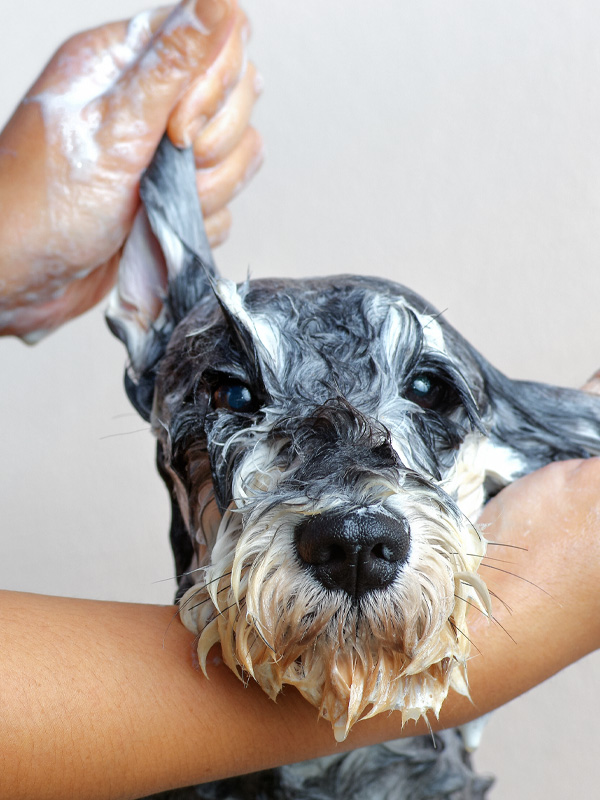“We had been working on this topic for quite some time, and after Symrise took over Diana in 2015, we realized how big our synergy effects were,” reports Bertrand de Launay. Three customer groups were to be addressed: companies that already offer animal care products, beauty care companies that want to add beauty products for animals, and companies that sell animal food and want to expand their range. In developing the fragrances and also selling the products to the care product manufacturers, the project relied on the know-how of Symrise colleagues from the Cosmetic Ingredients Division, who are particularly well versed in products for sensitive skin and hair. “At Symrise, we want to increase health and well-being for the whole family, and that includes pets,” says Gabriele Vielhaber, Senior Vice President Global Accounts Cosmetic Ingredients. “At the same time, we recognize how large the markets in this segment are. This fits in well with our corporate strategy, according to which we want to generate a third of our sales in areas outside the traditional fragrance and flavor segments.” The coronavirus crisis has further intensified the development of the market. “Consumers are spending much more time at home with their cats and dogs, which has made them realize they can improve living conditions for their pets as well – not just with food, but with odors,” says Gabriele Vielhaber.
The entry of large and trendy cosmetics customers into the segment has also boosted business. “This is the ideal time to also expand our product range,” says Gabriele. “However, and this is particularly important, the products must be precisely adapted to the needs of the animals: In dogs, for example, this means that we use our gentlest ingredients and fragrances because of the higher skin pH, thinner epidermis and finer hair.” In addition, the products are vegan, mostly biodegradable and manufactured without controversial substances such as parabens.
The teams are also currently developing products for which they have advanced into another area: household cleaning products. “What does a pet have the most contact with?” Bertrand asks, and he answers immediately, saying, “The floor. Dogs and cats walk on carpets or hard floor coverings all day long, so it is only logical that we take a close look at this area as well.” “Pets and their parents are exposed to the same air care and cleaning products used for everyday home cleaning and freshing,” says Anne Cabotin. “Now pet parents will be able to buy their essential home products with the confidence that fragrances are well accepted by their pets.”

